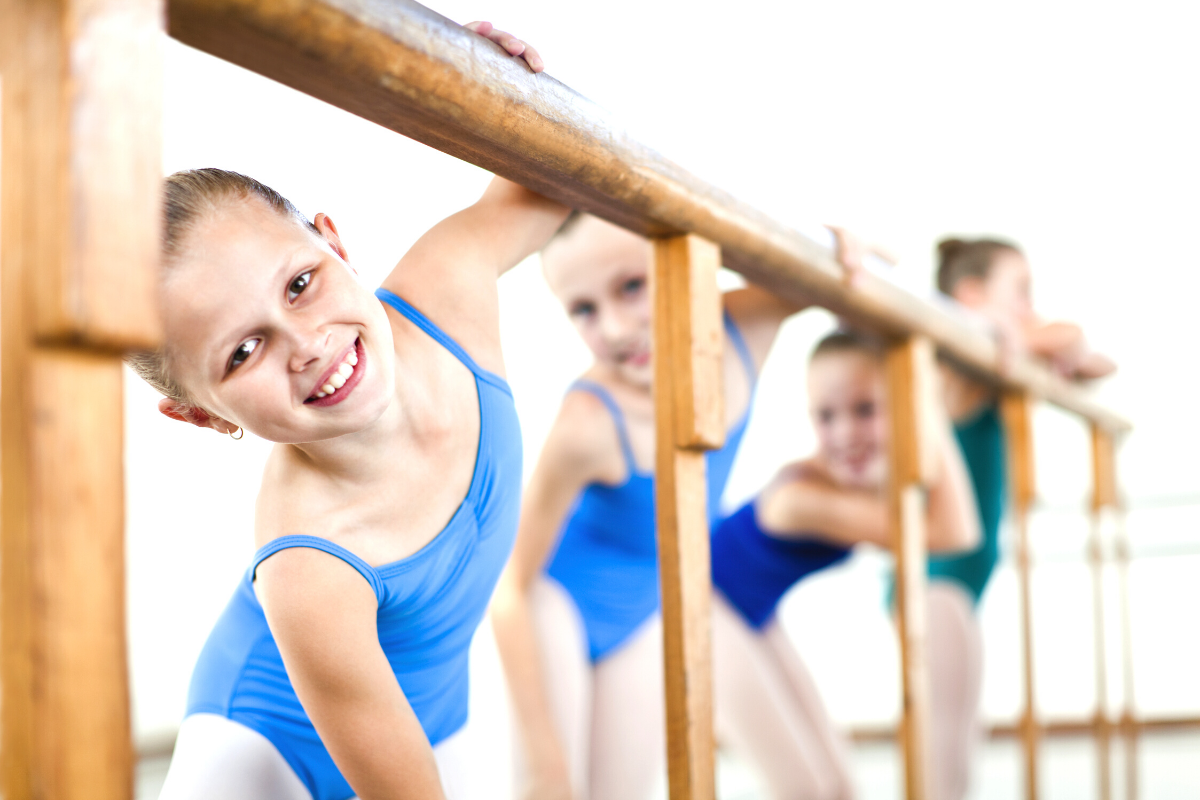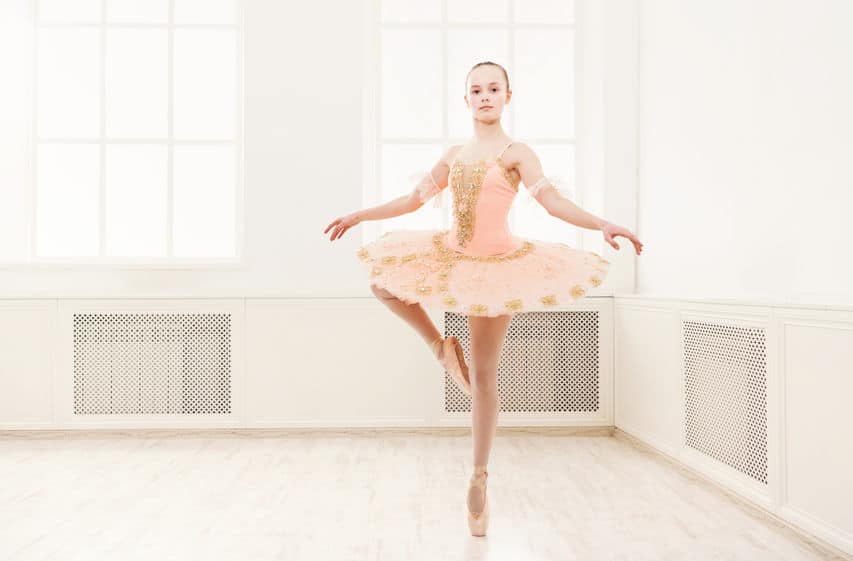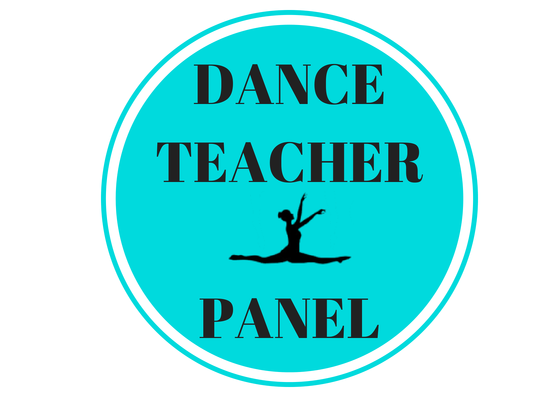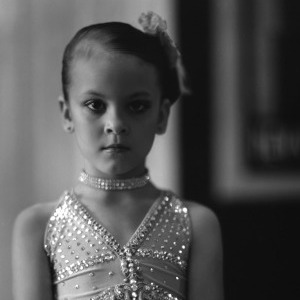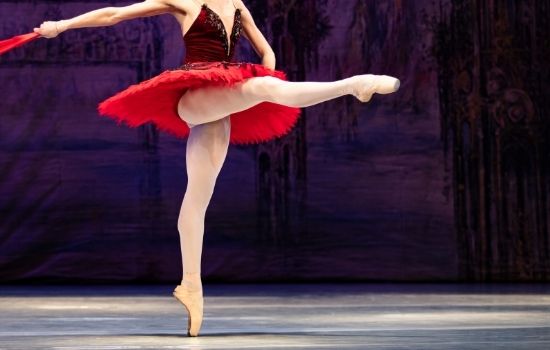Dance Conventions – What To Expect
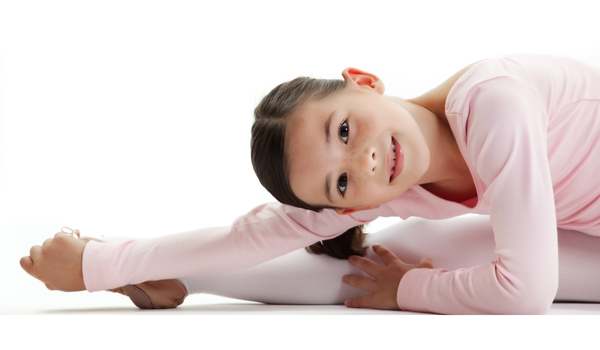
This post may contain affiliate links that allow us to earn a small commission at no additional cost to you.
You’re a dance parent, and your dancer wants to take their passion to the next level. What are the top dance conventions to attend? What can you expect at these events? We’re here with tips.
You may have heard of dancers at your studio attending dance competitions or seen things on social media about dance conventions and wondered what they are all about. A dance convention is an event that brings dancers from various dance studios to focus on a specific style of dance or multiple dance styles to participate in workshops, classes, and performances.
Dance conventions feature master classes taught by professional dancers and choreographers and provide an opportunity for dancers to enhance their technique and gain exposure to various styles and choreography. Most dance conventions also include competitions where dancers perform and are adjudicated by a panel of judges, including faculty members teaching class throughout the weekend.
What Is A Typical Dance Convention Like?
Dance conventions can vary in size, format, and focus, but many follow a similar structure. Here is what you might expect at a typical dance convention:
- Workshops and classes: Dance conventions usually offer a wide range of classes and workshops taught by professional dancers and choreographers. These classes focus on a specific dance style, technique, and choreography and are geared toward dancers of all levels. Typical styles of dance offered at a dance convention are ballet, tap, jazz, lyrical, hip-hop, contemporary and modern. Dancers are separated into rooms by age group. Typically – mini, junior, teen, and senior.
- Schedule: Some dance conventions offer optional classes on Friday evenings. Solo competition is often held on Friday afternoon/evening as well. Classes begin Saturday morning and run to late afternoon, followed by competition that evening. Classes begin Sunday morning and run until mid or late afternoon, followed by a closing show and scholarship announcements.
- Competition: Some dance conventions include competitions where dancers can showcase their skills and compete against other dancers. At dance conventions, dancers compete with all the other dancers in their age division. Most of the time, you compete against others in the same dance style and then there are overall awards as well. For example, if your dancer is competing a teen lyrical solo, she will compete against other teens in the lyrical category and then against all teen solos in all styles for overall placement. Solos typically compete on Friday. Group dances compete on Saturday evenings after a full day of classes. Younger dancers compete first. Often they quickly change into their first costume once their last class ends.
- Auditions: Auditions are held throughout the weekend. Several staff members will run auditions for each age group, and results for scholarships are awarded at the weekend’s closing ceremony.
- Networking: Dance conventions provide an opportunity for dancers to connect with other dancers, choreographers, and professionals in the industry. The dance world is small – making connections and positive lasting impressions can be beneficial in the long run.
- Vendors: Dance conventions may also have vendors selling dance-related merchandise, such as dance shoes, clothing, and accessories.
- Performances: Dance conventions often feature performances by professional dancers, companies, or guest artists. These performances can be a great opportunity to see new and innovative works and can be a source of inspiration for attendees.
What Are Classes Like At A Dance Convention?
Classes at dance conventions can vary in length – typically from 45 – 90 minutes, but many follow a similar format. Here is what to expect in a typical class at a dance convention:
- Warm-up: Most dance classes begin with a warm-up to prepare the body and mind for movement. The warm-up may include stretching, cardio, and isolations.
- Technique: After the warm-up, the class may focus on technique, which includes teaching the proper execution of steps and movement. This may involve breaking down steps and reviewing the correct alignment and body placement.
- Choreography: Many dance classes at conventions also include choreography, where the instructor teaches a dance combination. This can be a fun and challenging way to learn new dance styles or dance steps you have not previously mastered.
- Cool-down: At the end of the class, there is often a cool-down period where dancers stretch and return to a resting state.
Classes at dance conventions are typically taught by professional dancers or choreographers and are designed to challenge and inspire attendees. Dance conventions often offer a wide range of classes to choose from, so attendees can select the classes that best suit their interests and skill levels.
Where Are Dance Conventions Held?
Dance conventions can be held at a variety of locations, including hotels, convention centers, and theaters, and may last for a single day or multiple days. Typically dance conventions are held in larger cities.
Benefits of Dance Conventions
A Dancer’s Perspective: I began attending as a young dancer, and I found the experience fun, challenging and rewarding. It is fun to take classes from various dance teachers and be exposed to different dance styles that you may not be initially drawn to. For myself, hip-hop classes were a challenge for me and pulled me outside of my comfort zone. It was not a class I took at my home studio, but it was something that I began to enjoy in the convention setting and was inspired by other dancers. I enjoyed meeting new people and making new friends at conventions and looked forward to seeing them each year as many studios attended year after year. It is fun to see dancers from different studio’s routines and what sets them apart. When there are a large number of students in the room, it can be a little intimidating at first, but the faculty usually does a great job of connecting with everyone and making them feel included.
Overall, dance conventions are a great way for dancers to improve their skills, be inspired by the talent and creativity of their peers, and connect with other dancers and industry professionals.
Frequently Asked Questions
Can/Should parents observe class?
Parents are allowed to buy an observer pass/band, but it is not something you have to do. Some studios encourage parents not to stay in the room to watch, particularly if you know your presence will be a distraction for your dancer.
Are Dance Conventions Worth It?
The opportunity to be exposed to new styles and teachers is invaluable. The overall atmosphere is fun, and dancers usually find a teacher or two that they really connect with or are inspired by.
What do dance teachers and studio owners do during the classes?
Studio Owners and dance teachers are usually present in the various rooms during classes. They may switch age groups or sit in on the same style of class they teach at their studio, or they may take classes themselves offered to dance teachers.
Is there lunch or snack breaks?
There are brief breaks between classes to grab some water and change your shoes if necessary. Grab-and-go snacks in your dance bag are ideal. In addition, there is a lunch break, but depending on the audition schedule, that may take place during the lunch break.
What do you wear to a dance convention?
You will see a variety of dancewear at conventions. Everything from leotards and tights, particularly for younger dancers or for ballet class, to bra tops and shorts. Leggings and fun tops are always a staple at conventions, and looser-fitting clothing for hip hop. Dance conventions do have vendors selling dancewear outside of the classrooms as well. Wearing something your dancer is comfortable in is essential. While many people will tell you it is important to wear something that stands out, make sure your dancer feels comfortable in what they are wearing.
